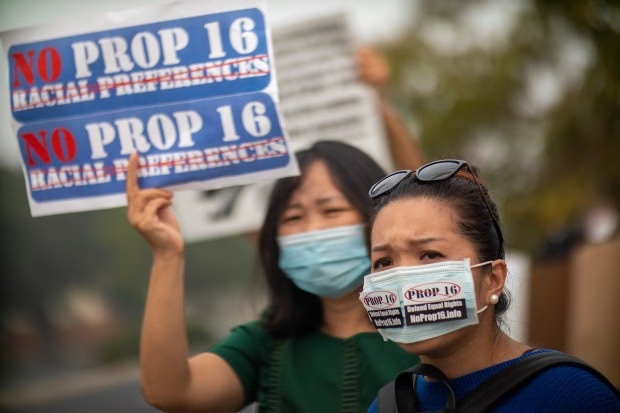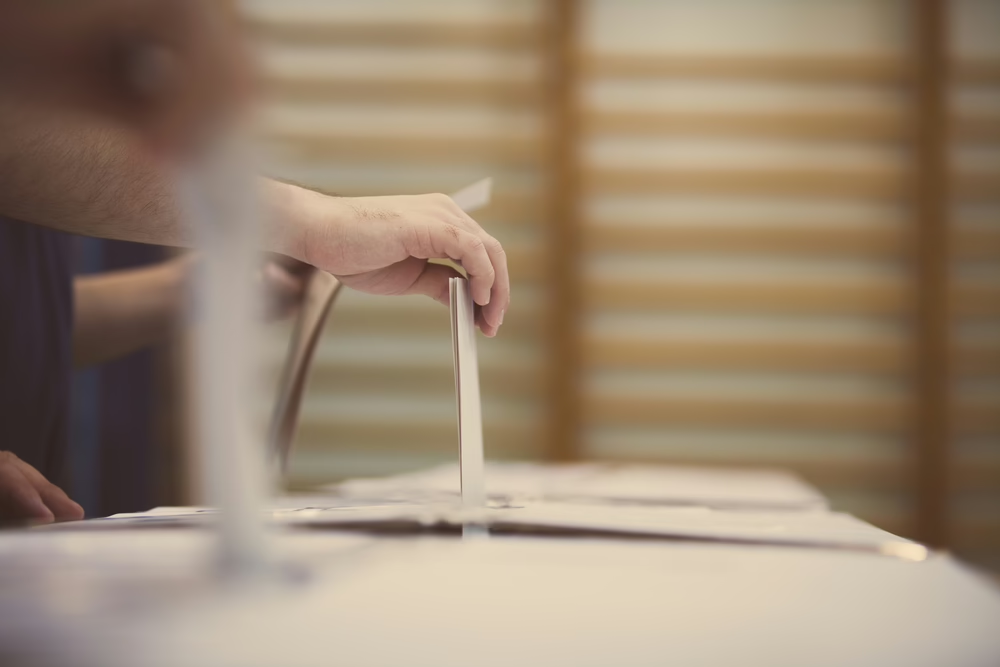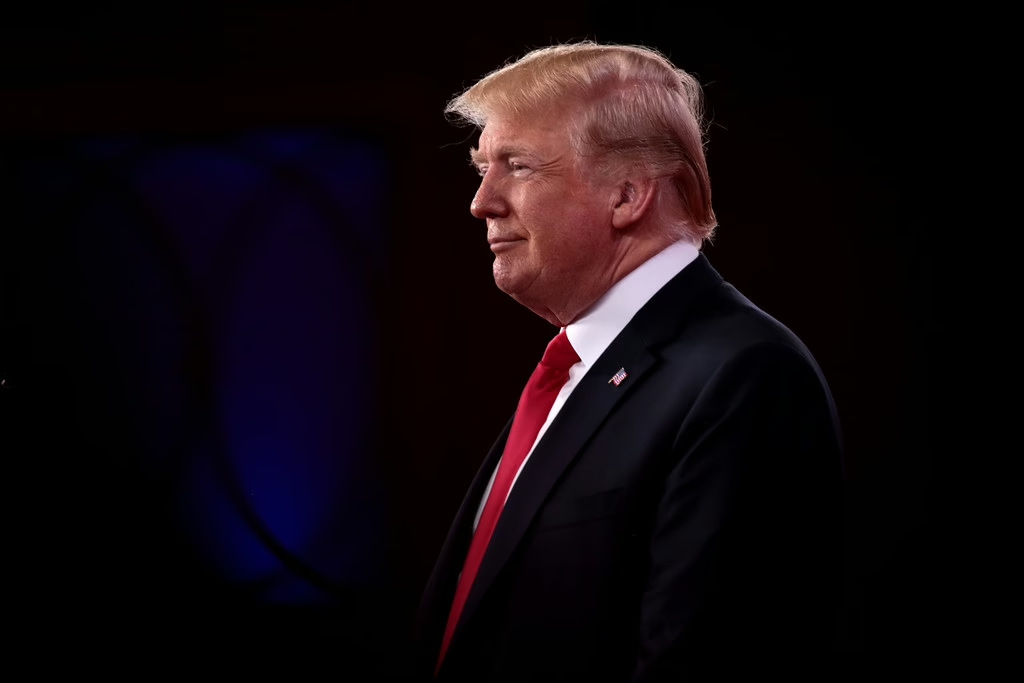Mississippi is legalizing medical marijuana, Missouri is expanding Medicaid, and California won’t allow for affirmative action in college admissions.
Given that the first two states are Republican strongholds and the California state legislature is famously progressive, we wouldn’t blame you for being surprised. But state legislatures had no hand in these measures. Instead, all three passed because citizens voted for them directly, circumventing the legislative process.
In states across the country, voters are rejecting the pleas of the majority party and bucking the party line. In response, the Republican legislatures are taking action. In Missouri, the Republican state leadership declined to fund the Medicaid expansion approved by voters, until the state Supreme Court forced it to last Thursday. Now, many states are seeking to overhaul the ballot initiative process completely. Republican legislatures in states like Idaho, Oklahoma, Missouri, and South Dakota have passed 24 laws in recent months changing how ballot initiatives work, most of which make it more difficult for initiatives to appear on the ballot.
The recent squabbling over these initiatives has renewed debate on one of America’s oldest political flashpoints: should citizens’ votes directly determine the government’s actions, or should they be filtered through representatives?
What’s the problem with direct democracy?
A fear of direct democracy, or voters personally weighing in on legislation, was widespread in the Revolutionary era. Under the direction of James Madison, the Constitution took after the ancient model of the Roman Republic rather than Athenian democracy. In Federalist 10, Madison explained the need to do so: “A pure democracy, by which I mean a society consisting of a small number of citizens, who assemble and administer the government in person, can admit of no cure for the mischiefs of faction.” Madison famously criticized the excesses of direct democracy, which could lead to the abuse of minority rights and factionalism, and the Constitution was set up to protect the country against those excesses. While the House of Representatives would be elected by the people, the Senate would be elected by state legislatures. Washington (perhaps apocryphally) described the Senate as the saucer that would cool the hot debate of the more rowdy House.
A less elite, democratic tradition ultimately took root, and by the early 20th century there was serious political impetus to give voters more power. Congress passed the 17th amendment in 1912, which empowered citizens to elect senators directly. At the same time, another measure was considered, 1907’s House Joint Resolution 44, to establish a national ballot initiative process so voters could pass federal legislation directly.
This never came to pass, of course, and probably for good reason. The ills of direct democracy aren’t just relegated to the annals of history; they’re a modern reality. In 1992, Colorado voters approved a ballot initiative to keep the state from extending equal rights to the LGBT community with the Colorado No Protected Status for Sexual Orientation initiative. It ultimately had to be overturned by the Supreme Court. Even more radically, in 2009 Switzerland voted to ban the construction of minarets, the distinctive towers used to call Muslims to prayer, in an affront to religious freedom. Now, as Yascha Mounk noted in The People vs. Democracy, the Swiss Constitution reads “Freedom of religion and conscience is guaranteed… The construction of minarets is prohibited.”
Should referendums be rolled back?
Given the mixed record of referendums, it would be reasonable to restrict their role in American government. But in doing so, we would obscure the very important lesson they’re offering us at the moment: Republicans and Democrats, even in states where they enjoy large majorities, are unwilling to support some widely popular legislation.
Take the case of California. Democratic Governor Gavin Newsom strongly supportedProposition 16 to make affirmative action possible in college admissions. After last summer’s racial reckoning, Newsom said that affirmative action was the best way for California to build on its history of “leading the way on fundamental civil rights and criminal justice reform.” Still, 57% of Californians voted against Prop 16, on the same day that 63.5% of them voted for a Democrat for president. The vote revealed a significant divide between the average California voter and the platform of the Democratic party.
There’s a long tradition and strong argument for representatives voting with their conscience rather than what a simple majority supports. Nevertheless, expanding Medicaid and legalizing medical marijuana are hardly affronts against civil liberties that need to be taken out of the hands of everyday Americans. Ballot initiatives are by no means a model of perfect governance, but they do have uses. In this case, they’re revealing how far our parties have to go in legislating in accordance with what their constituents truly want.






